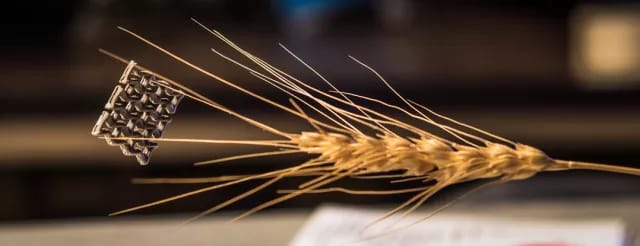
At one-atom thick, graphene is the lightest and strongest material in the world. Harnessing its power, however, has not been easy as it’s not a simple process to manipulate the world’s toughest material. Additive manufacturing (AM) may hold the answer.
Various researchers are currently working to find ways to 3D print the “wonder material,” as it is sometimes called, in ways that maintain its desired physical properties. Most methods involve processing graphene as an aerogel, which ultimately reduces the amount of graphene in the final composition to just 20 percent or so.
3D Printing with Graphene
To understand what makes Zhou’s method so unique, it’s important to understand why 3D printing graphene has been so difficult traditionally. Zhou explained that, until recently, it’s been an issue of bonding the material layer by layer.
“The major difficulty of printing graphene is caused by the complex graphene morphology and nontrivial material forming mechanism,” Zhou said. “It is very challenging, if not impossible, to assemble the 2D graphene sheets by heat fusing, photocuring, chemical bonding as is typically used in traditional 3D printing technologies.”
To overcome these issues, researchers have attempted to 3D print graphene aerogel through micro-extrusion techniques. “The key concept of these techniques is to develop printable graphene ink by increasing the viscosity and form it as shearing thin material. However, these approaches suffer from several drawbacks, including the necessity of fillers, possible poor bonding and limited structure complexity,” Zhou explained.
Previous research has included work by the Imperial College London and Lawrence Livermore National Laboratory (LLNL). The Imperial College London team 3D prints using graphene-oxide combined with a responsive polymer to extrude the material as a paste. LLNL has 3Dprinted graphene-oxide into a silica gel.
Freeze-Casting Graphene
However, Zhou’s group—which also included Dong Lin from Kansas State University and Qiangqiang Zhang from Lanzhou University in China—took a different approach. The team modified an open-source fused filament fabrication 3D printer to use an inkjet printhead, rather than an extrusion head, to deposit a graphene oxide and water mixture in a freezer on a cold plate at -20°C.
Read more at ENGINEERING.com

